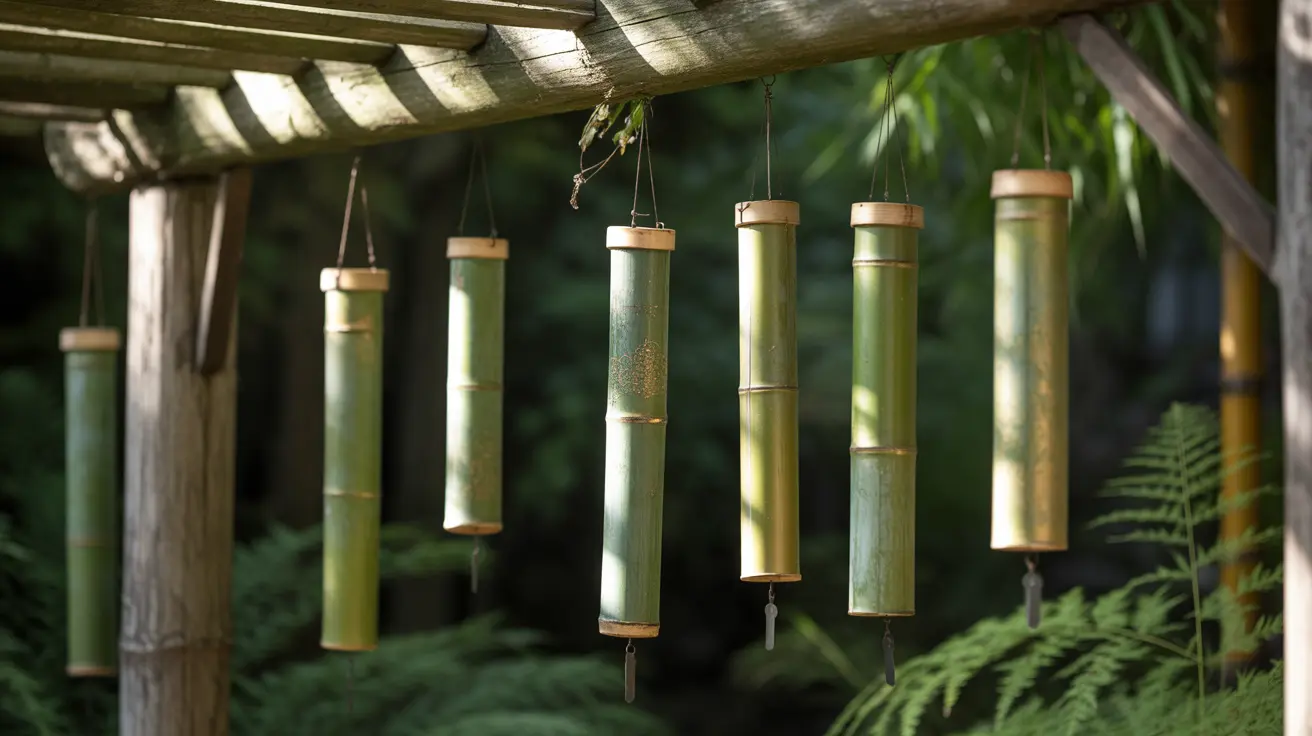Understanding the Origins and Composition of the Mountain Cur
The
Mountain Cur is a rugged and versatile American working dog that holds an essential place in the history of rural life in the Appalachian Mountains. Despite its widespread use and distinct characteristics, many people are unfamiliar with the breed's origins and what canine lineage contributed to its development. In contrast to designer dogs intentionally bred from two or more specific purebred lines, the Mountain Cur evolved more organically through necessity and selective breeding based on function rather than pedigree.
Origins in the American Frontier
Mountain Curs originated in the United States, particularly throughout the Appalachian regions of Kentucky, Tennessee, Virginia, and Ohio. American pioneers needed a hardy, multipurpose dog that could accompany them through frontier life. These dogs needed to excel in
hunting small game, such as squirrels and raccoons, while also protecting livestock, guarding property, and helping on farms.
This breed was shaped by the hands of settlers who prioritized traits like tenacity, courage, loyalty, and work ethic. They selected dogs that exhibited these traits, so the Mountain Cur developed from a pool of highly functional canines with no precise record of the foundational breeds.
Is the Mountain Cur a Mix of Breeds?
Unlike the deliberate crossing of known breeds that define most modern purebred dogs, the
Mountain Cur is a landrace. A landrace is a dog population that evolves through adaptation to local conditions and functional needs rather than for conformation or appearance. As such, while there are similarities across the gene pool, there is also variation among Mountain Curs bred in different regions by different families.
Possible Ancestral Breeds
While we cannot definitively say what specific breeds make up the Mountain Cur due to the lack of early records, it's speculated that their ancestry may include influences from several working-type dogs that early settlers brought to the Americas. Some of these likely include:
- European Cur-type Dogs: Early settlers brought dogs from Europe that had roles in herding, hunting, and guarding. These primarily rural, multipurpose dogs were likely ancestors of the Mountain Cur.
- Terriers and Hounds: Dogs suited for tracking and hunting small game likely contributed to the Mountain Cur's high prey drive, scenting ability, and stamina.
- Working Sheepdogs and Guard Dogs: Breeds used for livestock protection and farm assistance probably mixed into the Mountain Cur's lineage, forming their protective instincts and intelligence.
These crossbreeds were not chosen for aesthetics but for their utility in the unforgiving environment of the early American frontier.
The Functional Standard Over Breed Purity
What sets the Mountain Cur apart is that
its evolution was driven by function, not appearance. Pioneers wanted a dog that could tree game, herd livestock, protect family and property, and endure extreme physical demands. Therefore, any dog that could provide these functions was integrated into the lineage regardless of formal breed.
In the mid-20th century, as urbanization grew and hunting declined, the breed’s numbers fell. Concerned about losing this valuable working dog, a group of breeders established the
Original Mountain Cur Breeders Association (OMCBA) in 1957 to preserve the breed. This marked the beginning of selective documentation and standardization of the Mountain Cur. It was later recognized by the United Kennel Club in the 1990s.
Modern Mountain Cur Traits
Today’s Mountain Curs are highly regarded for their working abilities with consistent features developed over generations:
- Size: Medium-sized dogs weighing 30–60 pounds and standing 16–26 inches tall.
- Build: Muscular, agile, with deep chests and strong legs perfect for stamina and agility.
- Coat: Short and dense, appearing smooth or slightly rough. Color variations include black, brindle, yellow, brown, blue, and red, often with white markings.
- Temperament: Intelligent, alert, protective, loyal, and highly energetic.
No Defined Genetic Formula
Unlike many registered breeds today, you won't find a Mountain Cur with a well-documented lineage tracing back to specific known breeds. Instead, you'll find a tradition of purpose-driven breeding by families and individuals who valued the dog’s ability to hunt, guard, herd, and thrive in the environments they lived in.
Mountain Cur as a Landrace — What It Means for Owners
Because the Mountain Cur is a landrace breed, owners should expect some variability in traits like size, coat color, and even temperament depending on the line of the dog. However, what remains consistent is the breed’s core function and capability. They are best suited for individuals or families with active lifestyles who can give them a job or routine mental and physical tasks.
Conclusion
The Mountain Cur’s origin story is one of adaptation, utility, and survival. While it may not trace back to a fixed set of breeds, it has earned its place as a uniquely American working dog. Today, Mountain Curs continue to impress hunters, farmers, and active dog lovers with their intelligence, courage, and loyalty — a living legacy of the American frontier spirit.




